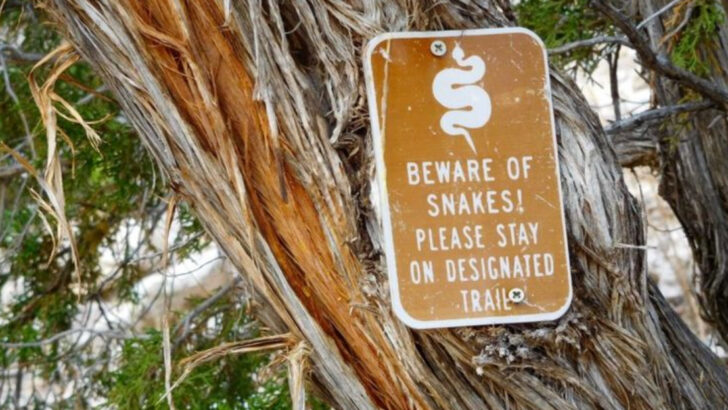Snakes don’t care about your weekend plans.
They don’t care if you’re hiking for peace, for fitness, or for that perfect Instagram shot. If you cross the wrong patch of trail at the wrong time, your peaceful escape can turn into a slithering nightmare—fast.
The good news? You don’t have to be a snake-charmer or wilderness pro to stay safe.
Whether it’s what you wear, where you step, or how you pitch your tent, small choices can make a huge difference. These simple tactics don’t just help you avoid a bite—they help you relax, knowing you’re not one careless move away from a wildlife panic.
Let’s keep the reptiles in the bushes and your boots on the trail.
Stay on Designated Trails

Wandering off the beaten path can lead to unexpected encounters with snakes. Stick to designated trails, where the ground is more visible, reducing the likelihood of stepping on or startling a hidden snake. The trails are often maintained, minimizing natural debris where snakes might lurk.
By staying on the path, you not only protect yourself but also preserve the natural habitat. Often, snakes are shy creatures that prefer to avoid human interaction. Keeping to marked routes respects their space and ensures a safer hiking experience for everyone.
Wear Sturdy Boots
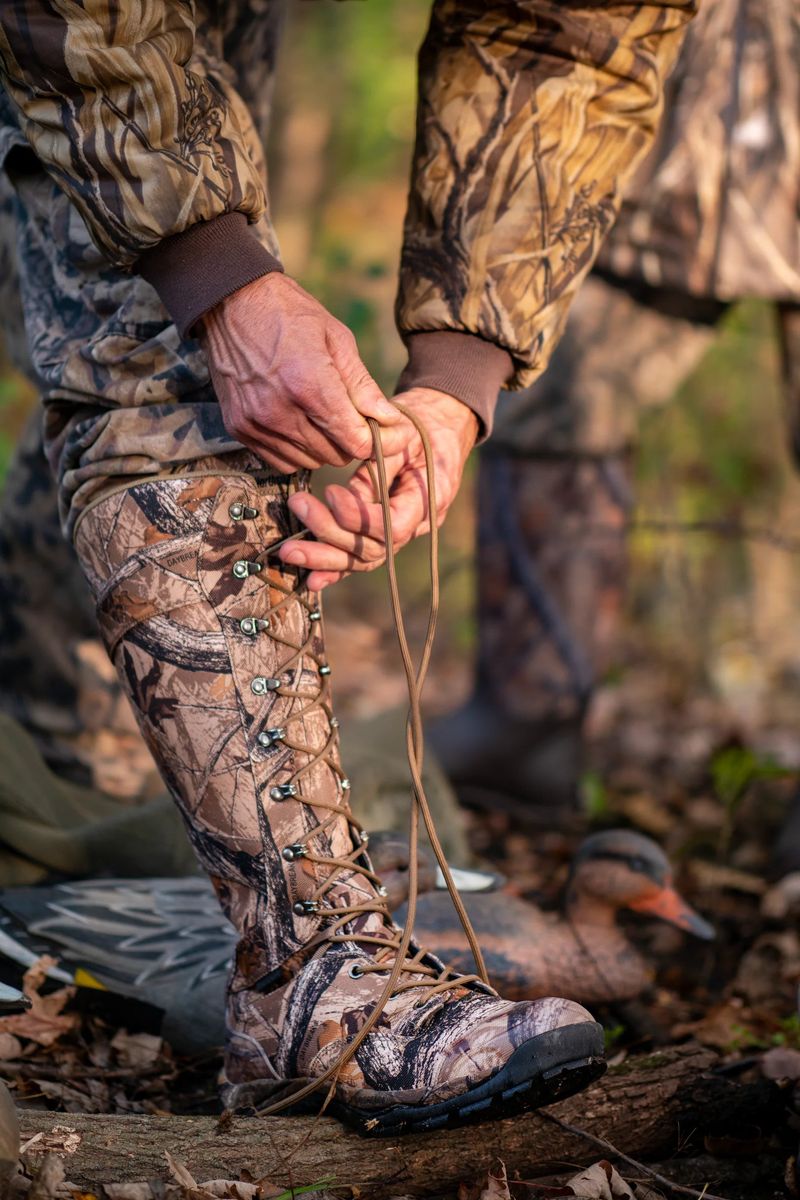
Footwear matters when it comes to hiking safely in snake territory. Sturdy boots act as a barrier against potential bites, especially if you accidentally step too close to a snake. They provide ankle support, reducing the risk of injuries on uneven ground.
Choose boots with thick soles and high tops for extra protection. Comfort and durability are key, as you’ll likely be covering long distances. Proper footwear not only protects from snakes but also ensures you can tackle the hike with confidence.
Investing in quality boots is a step towards a safer hike.
Use Hiking Poles
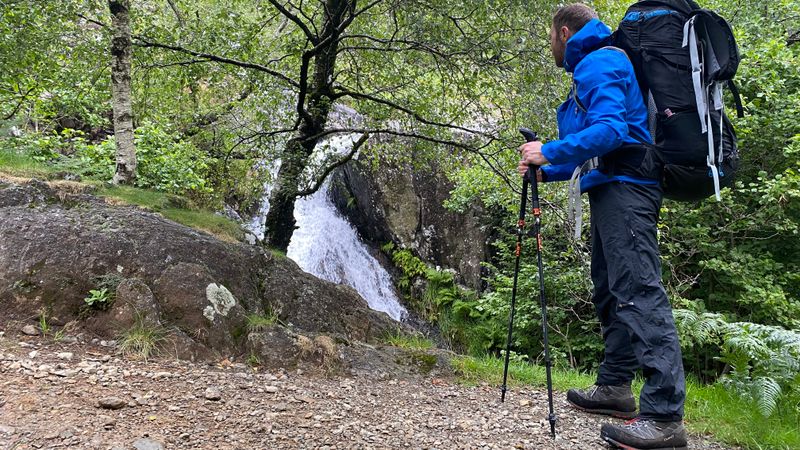
Hiking poles are not just for balance; they can serve as a useful tool in snake country. By tapping the ground ahead, you announce your presence, giving snakes time to retreat. This preemptive measure reduces surprise encounters, which are often the cause of bites.
Moreover, poles can help you navigate tricky terrain, ensuring you stay upright and stable. Whether climbing steep paths or descending rocky slopes, poles distribute your body weight more evenly, reducing fatigue.
Incorporate poles into your gear for a safer, more controlled hiking experience.
Educate Yourself About Local Snakes
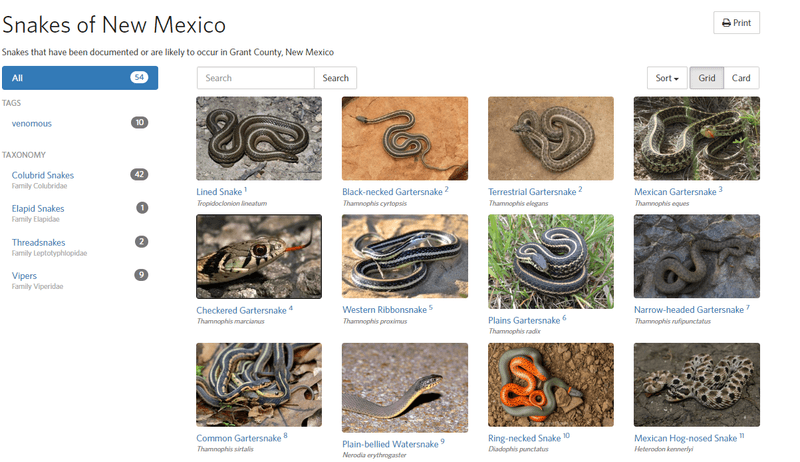
Knowledge is your best defense against snakes. Familiarize yourself with the types of snakes that inhabit your hiking area. Understanding their behavior and appearances helps in identifying threats early.
Many snakes are non-venomous and pose little risk if left undisturbed. Learning which species to watch for can ease unnecessary worries. Consult local wildlife resources or park guides for accurate information.
Preparation through education empowers you to make informed decisions on the trail, enhancing your safety and enjoyment.
Avoid Tall Grass and Heavy Undergrowth
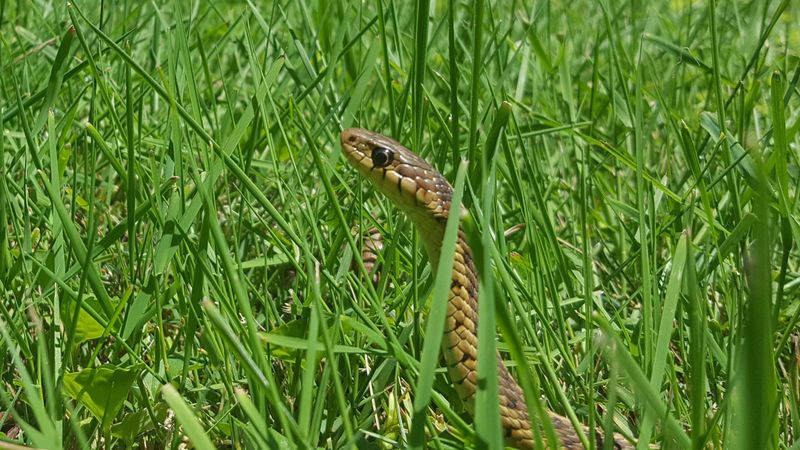
Snakes often seek shelter in tall grass or heavy undergrowth, making these areas risky for hikers. Stick to open paths where you can see the ground. This visibility allows for spotting snakes before you get too close.
Tall grass can be deceptive, hiding potential dangers from view. If you must cross, proceed cautiously, using a stick to part the grass ahead of you.
An open path not only improves safety but also makes for a more enjoyable hike, with clearer views and less obstruction.
Be Cautious When Lifting Rocks or Logs
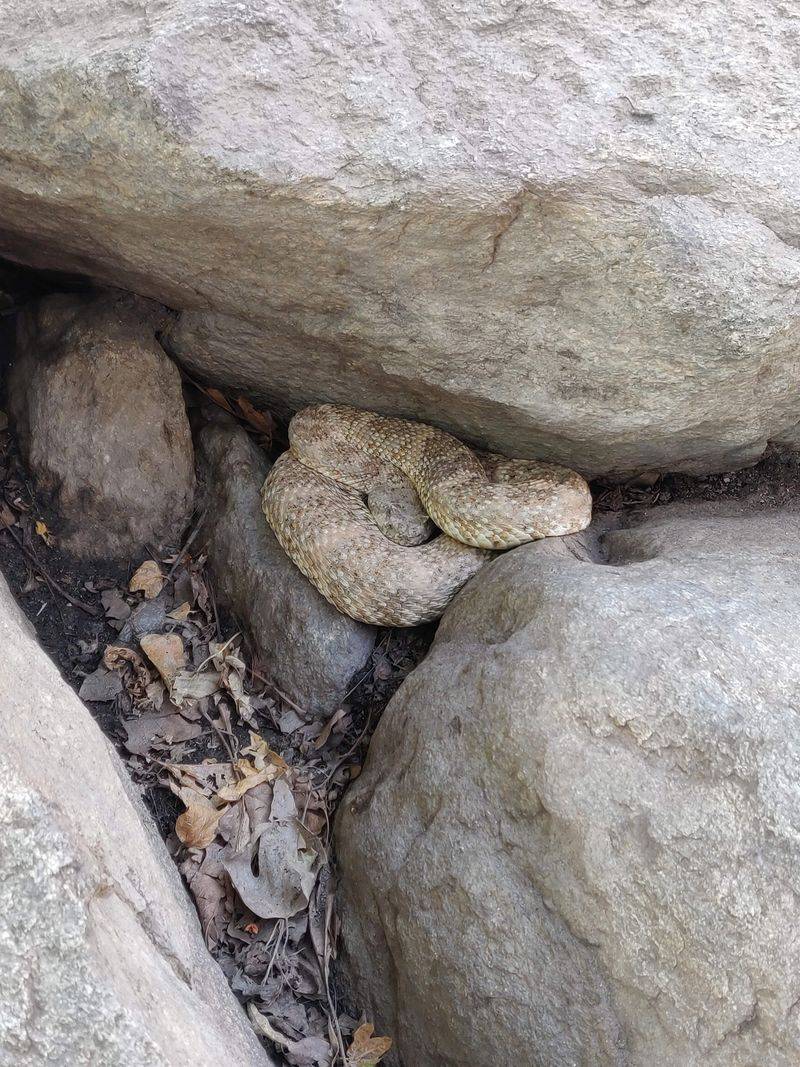
Turning over rocks or logs can disturb a snake’s hiding spot. Always approach such tasks with caution. Use a stick or hiking pole to gently shift objects, keeping your hands clear of potential danger zones.
Snakes use these places for shelter and warmth, especially during cooler months. Disturbing them can lead to defensive behavior. If you must move natural debris, do so mindfully and slowly.
Vigilance in these actions prevents surprises, making for a smoother, incident-free hike.
Stay Aware of Your Surroundings
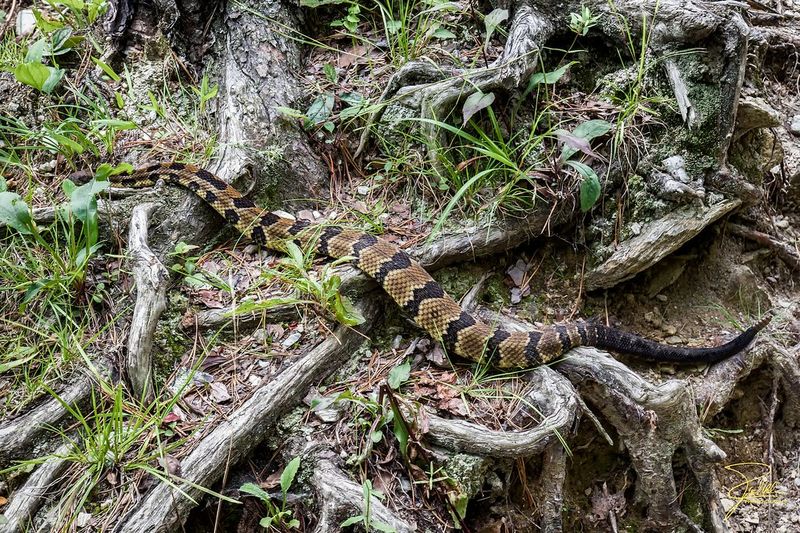
Being alert is crucial when hiking in snake habitats. Maintain a constant awareness of your surroundings to avoid accidental encounters. Listen for rustling sounds and watch the ground ahead of you, especially in dense areas.
A distracted hiker is more likely to miss signs of wildlife activity. Keep conversations to a minimum and avoid using headphones, which dull your senses.
Alertness allows for quick reactions and better decision-making, enhancing safety for you and your companions.
Keep Dogs on a Leash
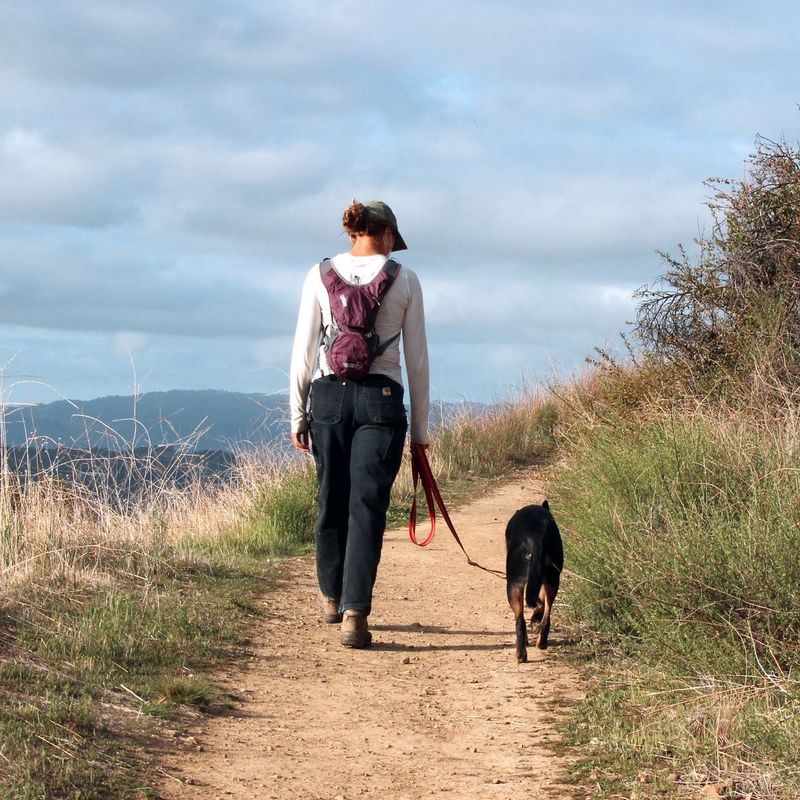
Dogs are naturally curious, prone to sniffing around and exploring. While this curiosity is endearing, it can lead to dangerous encounters with snakes. Keeping your dog on a leash ensures they stay on the path and away from hidden dangers.
A leash provides control, allowing you to guide your pet safely through the wilderness. Dogs may alert snakes unintentionally, leading to aggressive reactions.
Ensuring pets are secured not only protects them but also preserves the local ecosystem from disturbance.
Carry a Snake Bite Kit
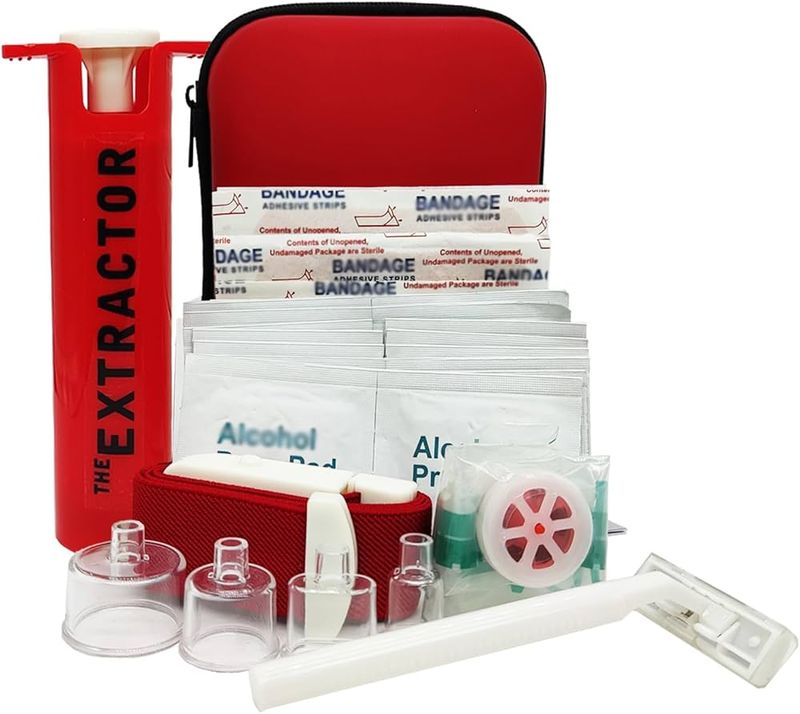
Preparation includes having the right tools for emergencies. A snake bite kit is essential when hiking in areas known for snake activity. These kits usually contain bandages, antiseptics, and suction devices that offer immediate care.
Though not a substitute for medical treatment, they provide critical first aid on the trail. Ensure you know how to use each component effectively. Reviewing the instructions before setting out can prove invaluable in a crisis.
Having a kit boosts confidence, knowing you’re equipped to handle potential snake encounters.
Check Weather Conditions
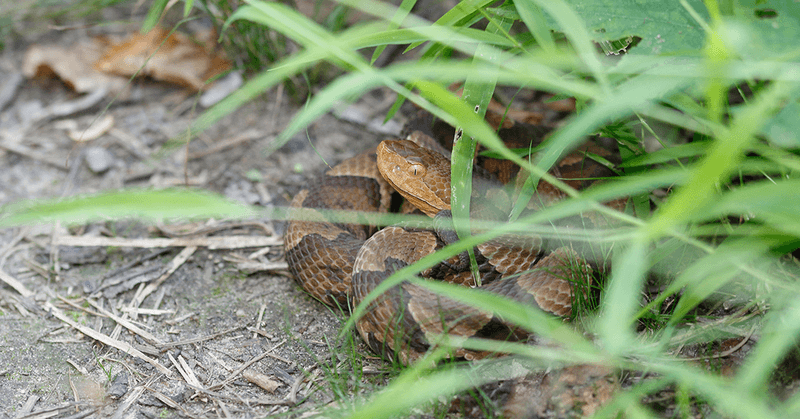
Weather plays a role in snake activity. Warm, sunny days often bring snakes out to bask and hunt. Check the forecast before hiking, choosing cooler times to reduce the chance of encounters.
Overcast or rainy conditions might find snakes seeking shelter. Understanding these behaviors can guide your planning, aligning your hike with safer periods.
Awareness of weather conditions contributes to an informed hiking strategy, ensuring a more comfortable and secure experience.
Make Noise as You Walk
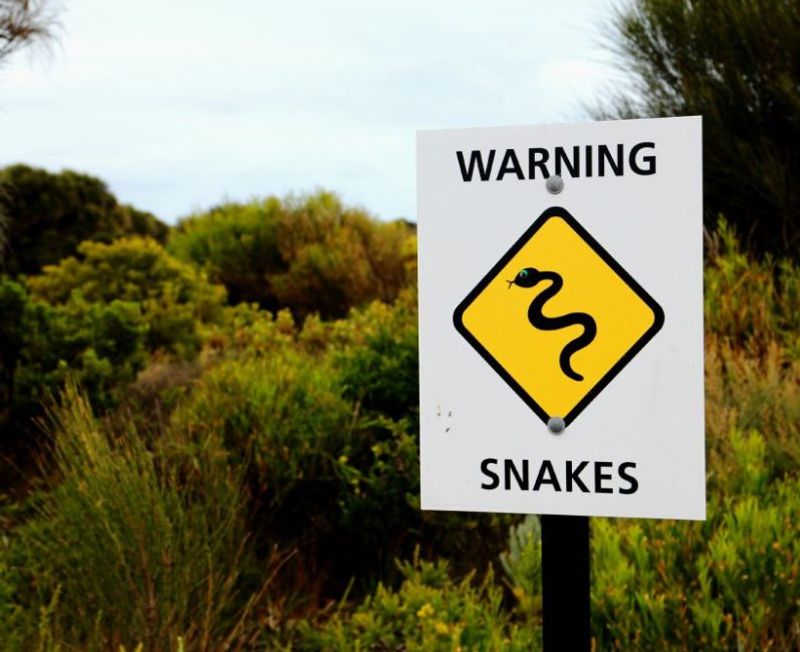
Sound can be a deterrent to snakes, who prefer the quiet. Making noise alerts them to your presence, prompting them to move away. Consider attaching a small bell to your backpack or tapping your hiking pole against the ground.
These subtle sounds are often enough to signal your approach, reducing surprise encounters. While quiet can enhance nature’s beauty, noise serves as a safety measure in snake-prone areas.
Mindful noise-making can help ensure a peaceful, snake-free hiking adventure.
Do Not Harm Snakes
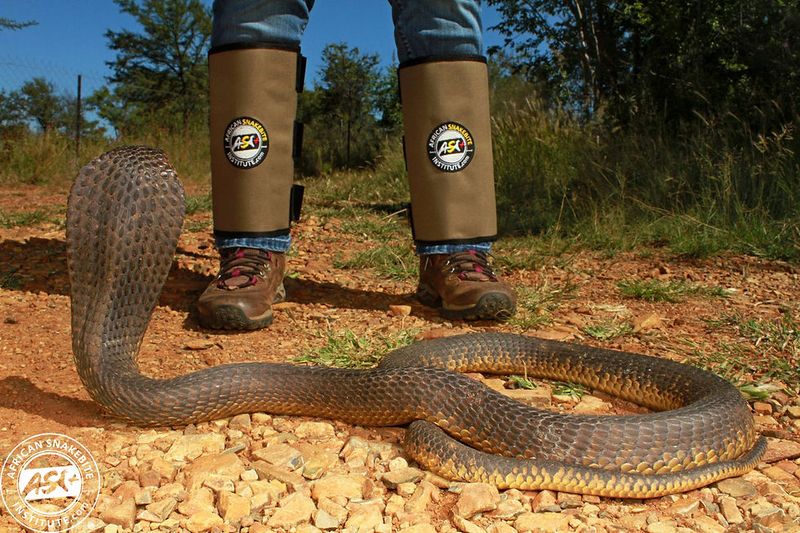
Respect for wildlife is a core principle of hiking. Avoid harming snakes, which are vital to the ecosystem. Their presence controls pest populations and contributes to biodiversity.
Observing snakes from a distance allows you to appreciate their role without interference. Many species are protected by law, emphasizing the importance of coexistence.
Approaching hikes with respect fosters positive encounters with nature, enriching your outdoor experience.
Learn Basic First Aid
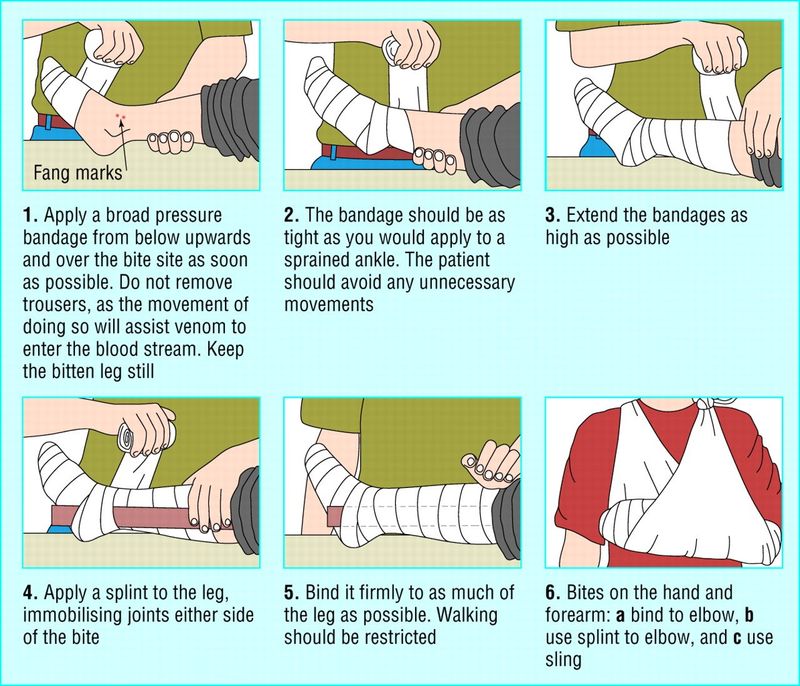
Knowing basic first aid is invaluable in the wilderness. Equip yourself with skills to handle snake bites and other emergencies. Courses often cover wound care, CPR, and snake bite response, providing comprehensive preparation.
In remote areas, immediate professional help may be unavailable. First aid training empowers you to act effectively, bridging the gap until help arrives.
Enhance your safety by prioritizing this knowledge, ensuring you’re ready for unexpected situations.
Avoid Hiking Alone
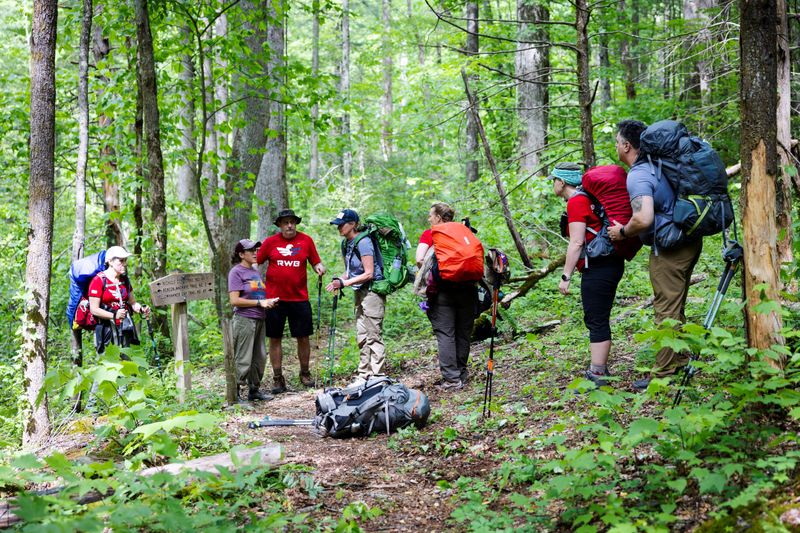
Hiking with companions offers added safety. In a group, there’s a shared responsibility for vigilance against snakes. Friends can assist in emergencies, provide encouragement, and enhance the overall experience.
Solo hikes offer solitude but come with increased risks. If bitten, immediate help may be difficult to access. A supportive group ensures quicker response times and more enjoyable interactions with nature.
Consider the benefits of camaraderie on the trail, both for safety and memorable experiences.
Stay Calm in Encounters

If you encounter a snake, remaining calm is crucial. Sudden movements can provoke defensive behavior. Instead, stand still and assess the situation. Most snakes will retreat if they don’t perceive a threat.
Backing away slowly gives the snake space to leave. Avoid loud noises or rapid gestures, which can escalate the encounter.
Calmness in these moments demonstrates respect for wildlife and ensures your safety. Practice mindfulness, allowing nature to unfold around you without interference.
Understand Snake Behavior
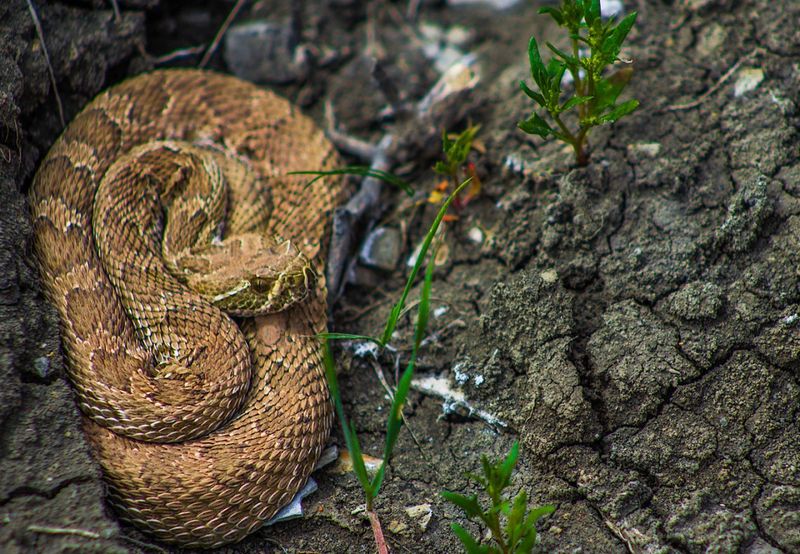
Comprehending snake behavior aids in preventing encounters. Snakes are typically reclusive, striking only when threatened. Recognizing their patterns, such as basking on sunny rocks, informs your approach on the trail.
Awareness of these habits minimizes surprises and enhances your safety. By understanding their world, you foster coexistence and peace.
Knowledge of snake behavior is a powerful tool for any hiker, transforming fear into respect and confidence.

